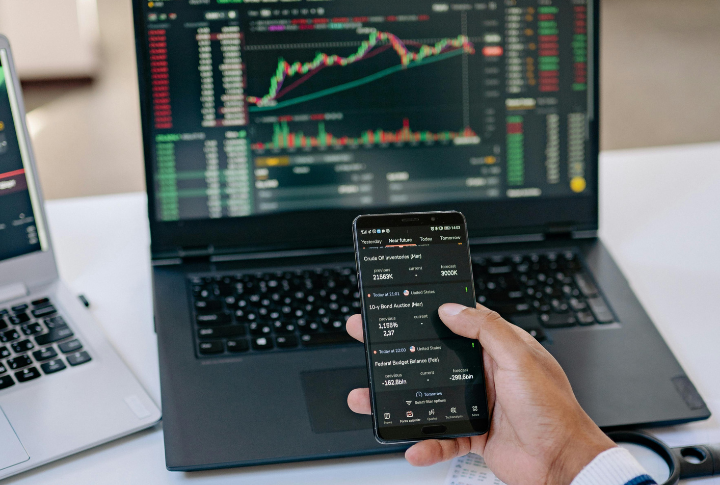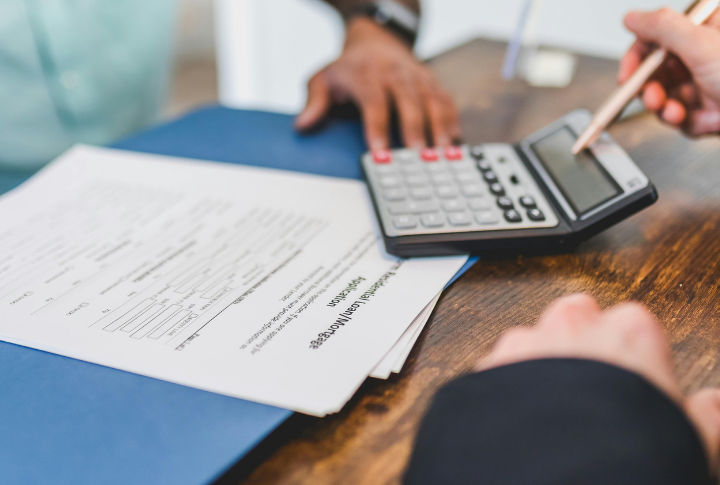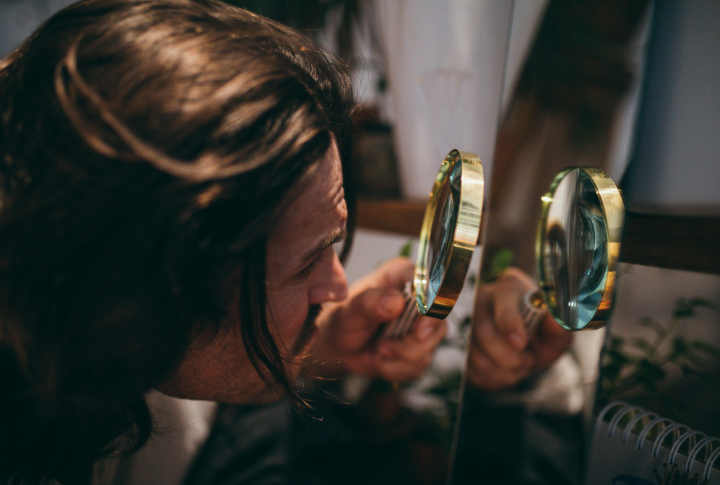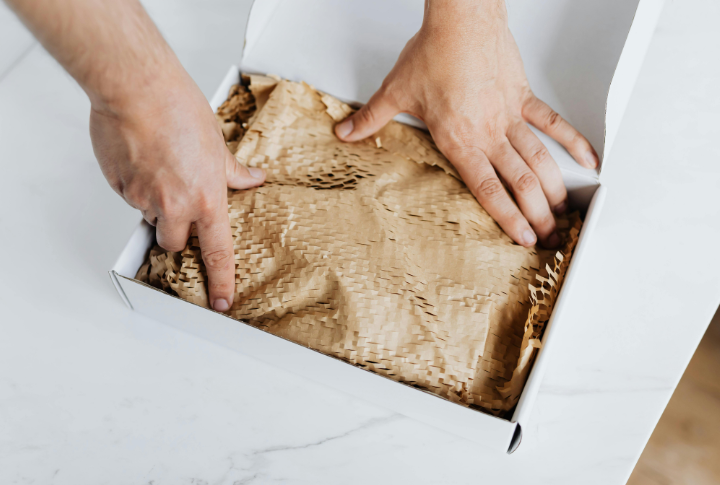
Imagine parting with a rare collectible, only to find out later it was worth double what you got for it. That sting of regret is completely avoidable. Selling valuables is not just listing them online and forgetting about them. You have to be ready for a world of hidden pitfalls. Here are common mistakes to avoid.
Rushing The Research

Sometimes, enthusiasm clouds judgment, and skipping proper research means risking undervaluation. A comic book from 1938 might seem old, but if it’s Action Comics #1, you’re looking at millions. Take time to understand the item’s history and significance. What you know can directly affect your bottom line.
Neglecting Proper Authentication

Selling without authentication is like offering mystery goods. Collectors often demand proof, whether it’s a certificate of authenticity or expert verification. Without it, even a genuine Fabergé egg might look like a knockoff. That’s why you should keep receipts of any expensive thing you buy.
Ignoring The Importance Of Presentation

A dusty figurine shoved in a box tells buyers you don’t care. Presentation matters. Clean and showcase the collectible properly. A gleaming silver coin or vibrant baseball card is more appealing than one dulled by neglect. Buyers pay for effort, too.
Relying On The Wrong Platforms

Why are you selling that vintage Rolex on a garage sale app? That’s a misstep. Not every platform fits every item. Auction houses or specialist websites, among others, often yield better prices. The right audience can turn an ordinary sale into an extraordinary profit.
Misjudging Market Timing

Even collectibles have seasons. If you sell sports memorabilia during an off-season, prices might slump. Pay attention to market trends and strike when demand is high. Knowing the right moment can mean the difference between a quick sale and a big payday.
Overlooking Small Print In Sales Agreements

Excitement often blinds us to fine print. Hidden fees or surprise clauses can chip away at your earnings. A keen eye helps you avoid these pitfalls and ensures you keep more of your money. When selling valuables, vigilance is key because every percentage point matters.
Failing To Consult Experts

Thinking you know it all is a common mistake. Experts can spot hidden details that may go unnoticed, like an ordinary vase being a Ming Dynasty treasure. When you consult professionals for their expertise, you’re able to maximize the item’s value and sell with confidence.
Underestimating Packaging And Shipping

Sending fragile items without proper protection is a gamble. A poorly packed antique vase arriving broken could ruin the sale. Invest in strong, reliable packaging materials to keep your items safe, and make sure the package clearly indicates “handle with care” to avoid costly mistakes.
Setting Unrealistic Prices

High expectations can lead to stalled sales. Pricing should align with the market, not personal feelings. Research similar sales and assess the item’s condition so that you can adjust the value of your piece accordingly. Buyers are drawn to fair pricing, not inflated egos.
Skipping Background Checks On Buyers

A quick sale to a buyer with zero reviews might backfire. Scammers are active in collectible markets. By verifying buyer credibility, you can avoid headaches. A few extra minutes to check could save you from losing both money and your item.
